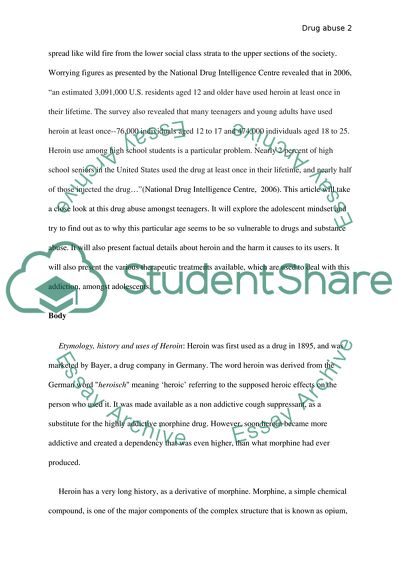Cite this document
(Herione Use and Teenagers Term Paper Example | Topics and Well Written Essays - 3000 words, n.d.)
Herione Use and Teenagers Term Paper Example | Topics and Well Written Essays - 3000 words. Retrieved from https://studentshare.org/social-science/1733608-herione-use-and-teenagers
Herione Use and Teenagers Term Paper Example | Topics and Well Written Essays - 3000 words. Retrieved from https://studentshare.org/social-science/1733608-herione-use-and-teenagers
(Herione Use and Teenagers Term Paper Example | Topics and Well Written Essays - 3000 Words)
Herione Use and Teenagers Term Paper Example | Topics and Well Written Essays - 3000 Words. https://studentshare.org/social-science/1733608-herione-use-and-teenagers.
Herione Use and Teenagers Term Paper Example | Topics and Well Written Essays - 3000 Words. https://studentshare.org/social-science/1733608-herione-use-and-teenagers.
“Herione Use and Teenagers Term Paper Example | Topics and Well Written Essays - 3000 Words”, n.d. https://studentshare.org/social-science/1733608-herione-use-and-teenagers.


